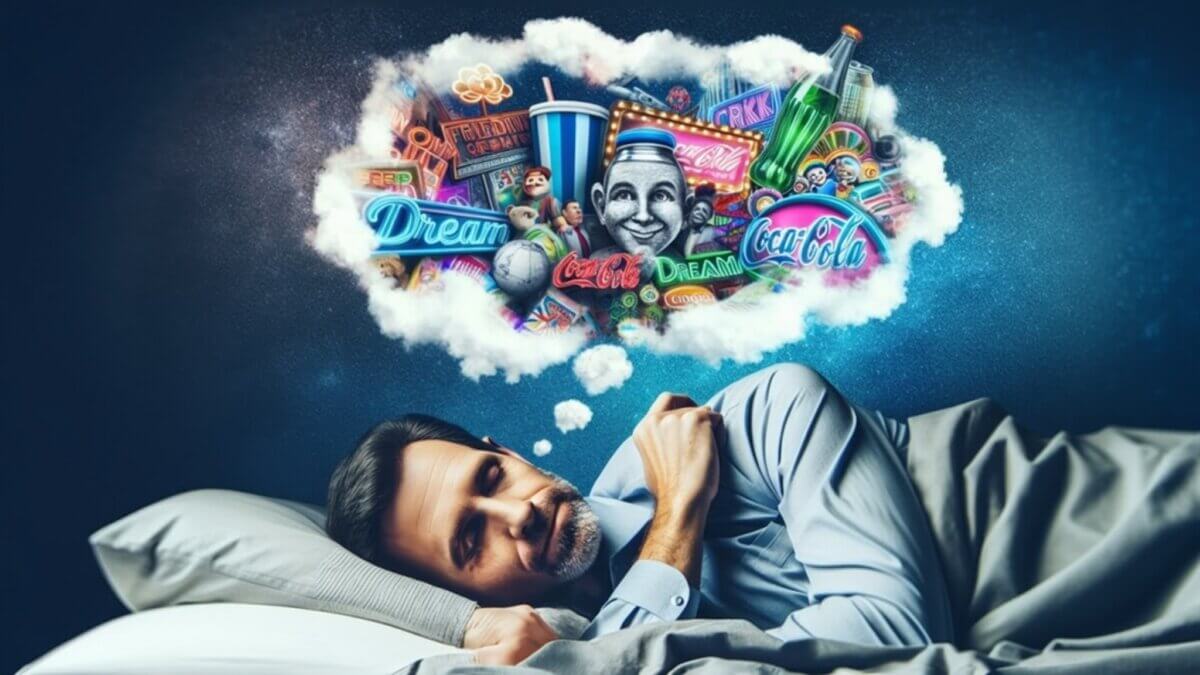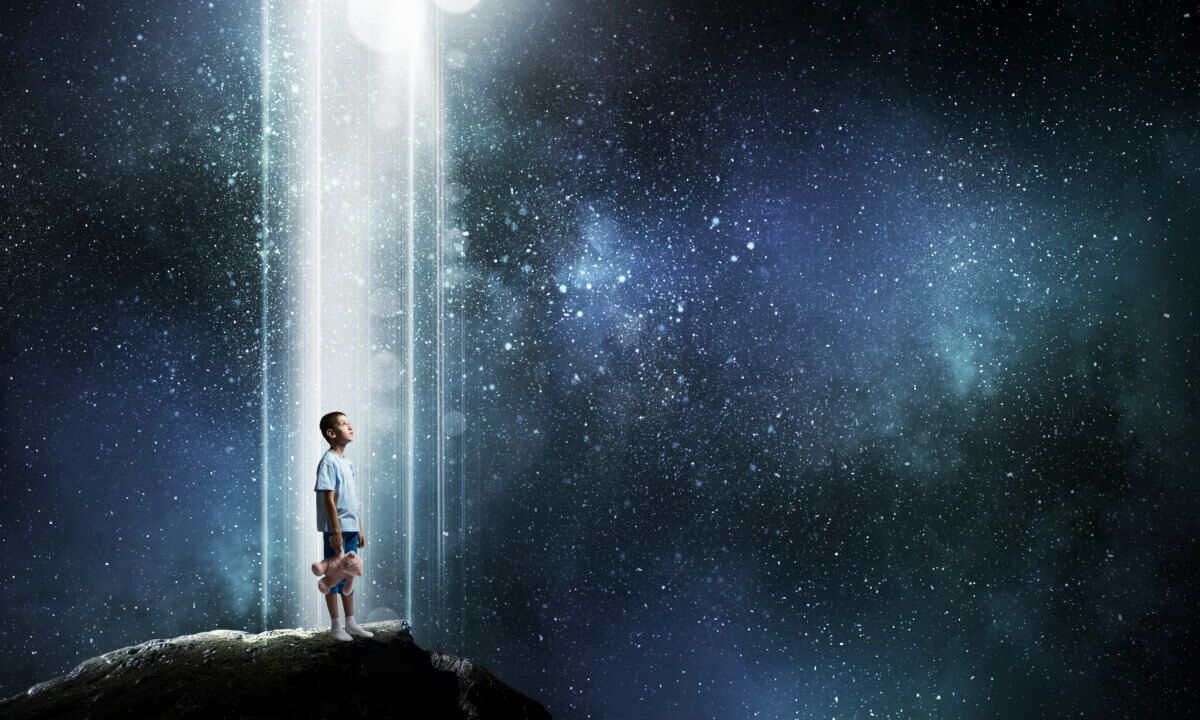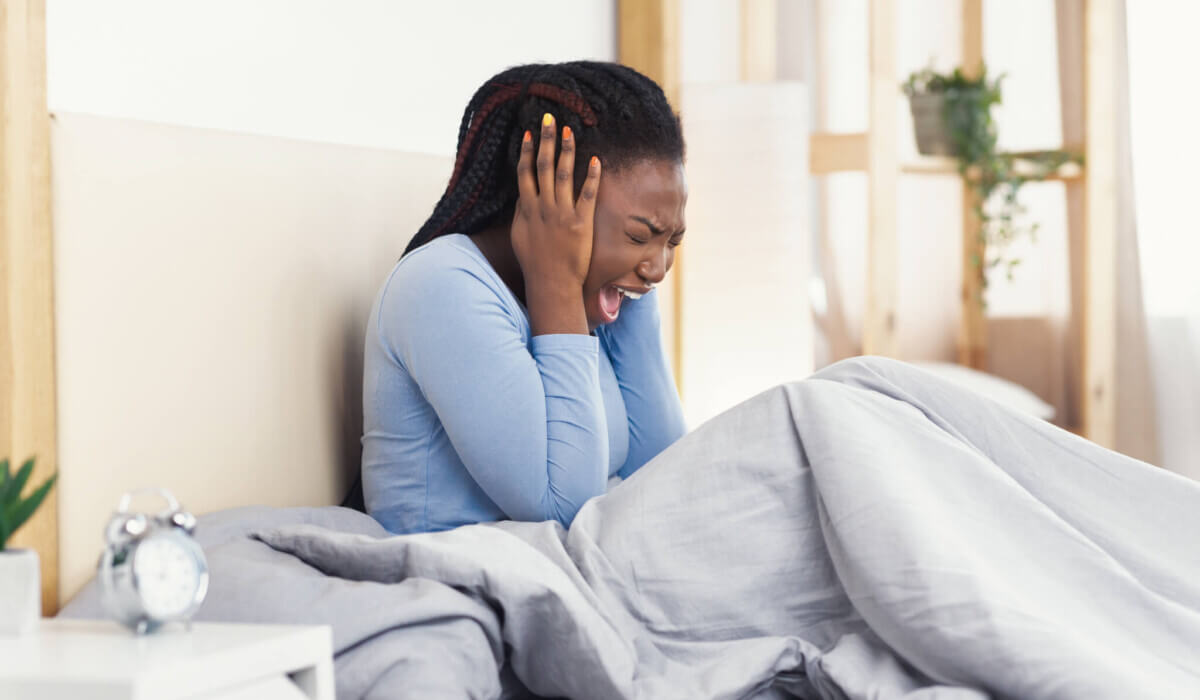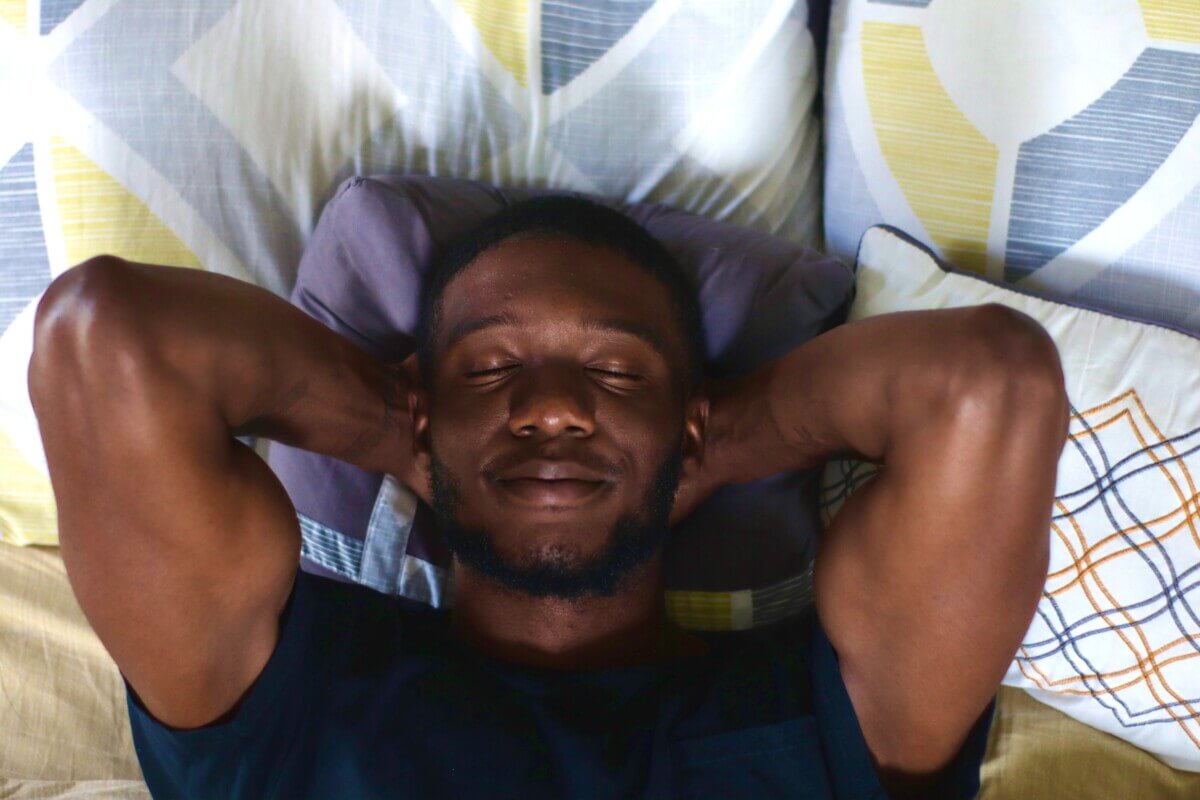
(Image from Shutterstock AI Generator)
Shocking new research reveals that 54% of American teenagers report their dreams are on social media
LONDON— Remember when sleep offered an escape from endless ads? That period may be coming to an end. While American citizens are already exposed to 4,000 advertisements each day during their waking hours, research suggests that even our dreams are no longer safe from commercial messages. A new study shows that 54% of American teenagers report having nightmares influenced by advertising—and some companies may be doing it on purpose.
The research comes at a difficult time, as previously reported by the American Marketing Association that 77% of companies surveyed in 2021 expressed the intention to experiment with “dream advertising” this year. What was once considered science fiction may now be reality, with huge implications for consumer protection and marketing practices.
According to Media Image’s new consumer survey focused on Gen Z and Millennials, 54% of Americans aged 18-35 report dreams that appear to be influenced by advertising or things like advertising. Even more impressive, 61% of respondents reported having such dreams within the past year, and 38% experienced them regularly – starting from each up to each month.
Conducted by Survey Monkey on behalf of Media Image between January 2nd and 3rd, 2025, the survey included a random sample of 1,101 American respondents from 18-35 years old. Although the sample was slightly skewed by women (62%), the findings are thought to reflect a broad spectrum within this age group

The data shows an interesting pattern: 22% of the respondents show things like ads in their dreams between once a week every day, while the other 17% reported that occur between once a month every month.
What happened was not just confusion. The research shows that these dream-based advertisements may influence consumer behavior in specific ways. While two-thirds of consumers (66%) report resistance to making purchases based on their dreams, another third admit that their dreams inspired them to buy products or services. in the past year—a conversion rate that rivals or surpasses most traditional ads. advertising.
The presence of big brands in dreams seems to be the most common, with 48% of young Americans reporting encounters with famous companies such as Coca-Cola, Apple, or McDonald’s during their sleep. Harvard experts say that this may be due to the fact that the memory is “reactivated” during sleep, where frequent exposure to symbols in daily life increases their appearance in dreams.
Perhaps the most troubling thing is the willingness of many consumers to accept this new frontier of advertising. The study found that 41% of respondents would be open to seeing advertisements in their dreams if it meant receiving discounts on products or services. This raises specific questions about the underestimation of people’s knowledge and the possible use of weak mental states for marketing.

Despite these concerns, there seems to be insufficient interest in protecting dreams from commercial influence. More than two-thirds of respondents (68%) indicated that they are not willing to pay to keep their dreams ad-free, even if such technology exists. However, a small group (32%) expressed interest in a “sleep-ad blocker” model, suggesting increased awareness and concern about this issue among some consumers. .
The research comes after dream researchers issued an open letter warning the public about commercial attempts to induce dreams in advertising, Coors Light’s pilot effort showed remarkable success. This combination of business interests and technological capabilities raises serious questions about the future of personal privacy and intellectual independence.
The use of dreams for promotional purposes raises serious concerns about mental health and the need for regulation. As companies search for ways to influence our fragile minds, the lack of existing protections is becoming increasingly problematic.

These results emerge from the growing presence of social media in daily life. Current estimates indicate that American citizens consume up to 4,000 advertisements each day, making sleep one of the refuges. last remaining from commercial messages. The erosion of this last reservation raises important questions about consumer rights and psychological well-being in an increasingly commercialized world.
The research gives a clear warning: without immediate attention to the common challenges and directions of dream-based advertising, we risk losing the last advertising opportunity in modern life. As companies develop new technologies that influence our dreams, the choice between consumer protection and business value is becoming increasingly difficult. .
Methods
The research was conducted through a comprehensive survey commissioned by Media Image, a digital marketing agency, and implemented by Survey Monkey. The survey was conducted between January 2nd and 3rd, 2025, collecting responses from 1,101 Americans who participated in the 18-35 years. This age group was specifically chosen to focus on Gen Z and Millennials, models that represent the main target audience for many brands and markets. Although the survey sample had a higher representation of female respondents (62%), the findings are representative of the general view. within 18-35 years. All statistical percentages were rounded to the nearest whole number for clarity of reporting.
#Dreams #dreams #sale #companies #buying